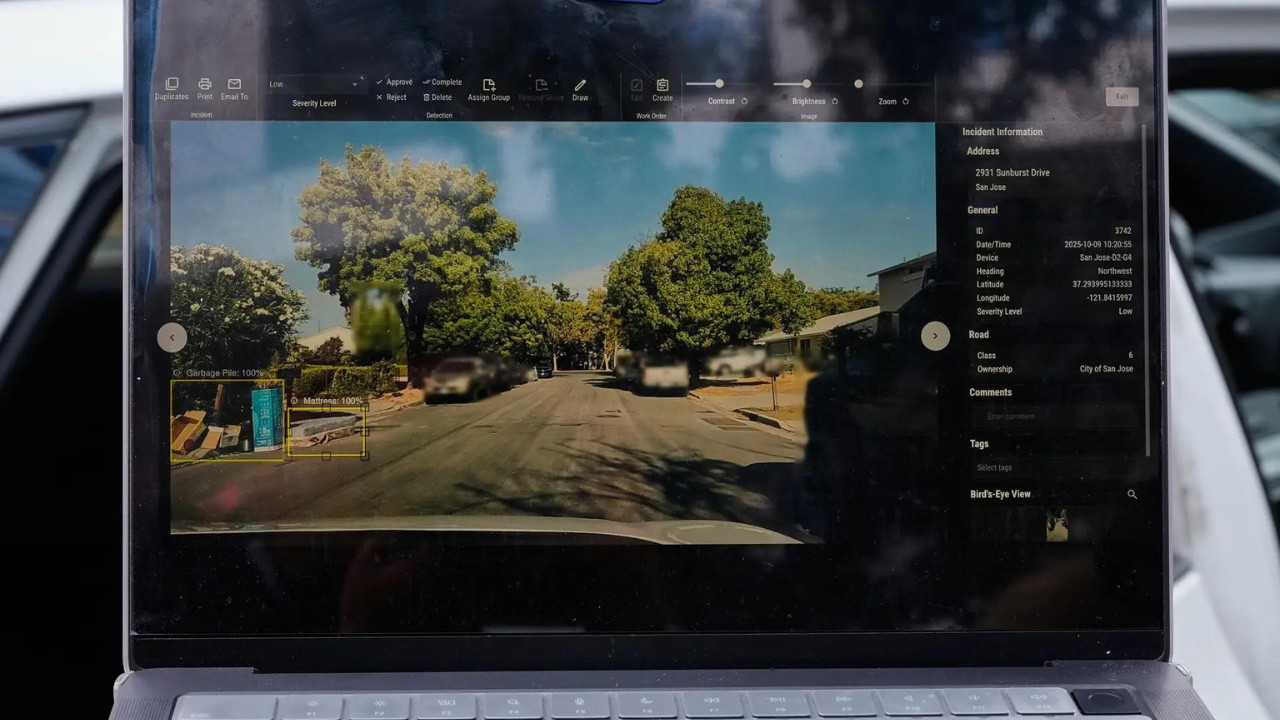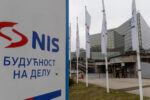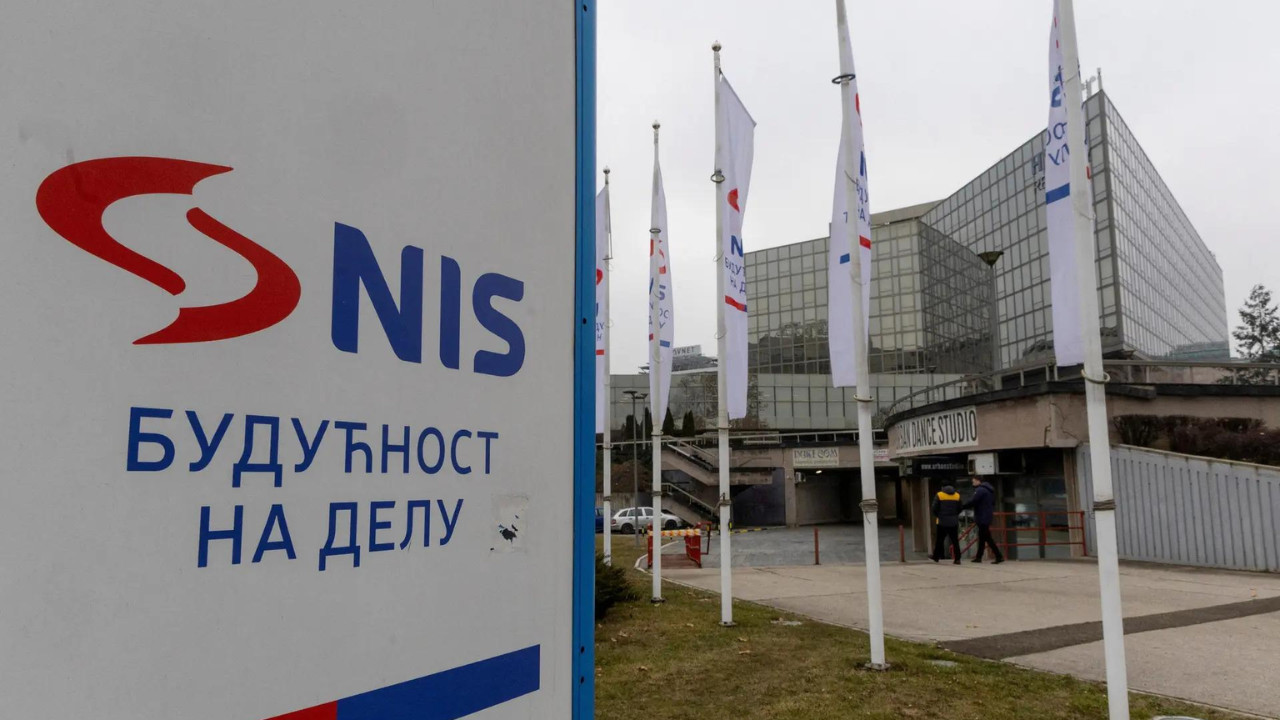Cities and states are increasingly adopting AI tools to identify and prioritize road hazards, a move gaining momentum due to rising traffic deaths and strained budgets. Initiatives in Hawaii, San Jose, and Texas are deploying AI-powered cameras to detect issues like potholes and damaged signs, improving maintenance efficiency and paving the way for future autonomous vehicle integration.
Seeing the Future: How AI is Making Our Streets Safer
We’ve all been there: navigating a city street, dodging potholes that could swallow a small car, squinting to decipher faded crosswalk markings, and wishing for a smoother, safer experience. What if I told you that the solution to many of these urban headaches is already rolling out, powered by the very tech that’s been revolutionizing our homes and offices? Artificial intelligence is stepping out of the digital realm and onto our streets, and the changes are potentially transformative.
Across the United States, cities are beginning to embrace AI-powered systems to improve safety and efficiency. We’re not talking about robot cops (at least, not yet!). Instead, think of AI as a tireless, ever-vigilant observer, constantly analyzing street conditions and alerting city officials to potential problems before they lead to accidents or costly repairs.
Imagine a network of cameras and sensors, not just recording footage, but actually understanding what they’re seeing. These systems, armed with sophisticated algorithms, can identify everything from faded lane markings and overgrown vegetation obstructing visibility to the presence of potholes and illegal dumping. This real-time data is then fed to city departments, allowing them to prioritize repairs and address hazards proactively.
One of the biggest applications of AI for safer streets lies in identifying and mitigating pedestrian risks. AI can analyze traffic patterns, pedestrian behavior, and environmental factors like weather to predict areas with a high probability of accidents. This information allows cities to deploy resources strategically, such as increasing pedestrian crossing times during peak hours or improving visibility at hazardous intersections.
But the benefits extend far beyond pedestrian safety. AI can also play a crucial role in optimizing traffic flow, reducing congestion, and improving the overall efficiency of city infrastructure. By analyzing real-time traffic data, AI-powered systems can adjust traffic signal timing dynamically, minimizing bottlenecks and reducing commute times. Furthermore, AI can assist in predicting equipment failures, such as streetlights or traffic signals, allowing for preventative maintenance and reducing the risk of disruptions.

One exciting development is the use of AI to analyze video footage from existing traffic cameras. Instead of relying on manual inspections, which are time-consuming and often infrequent, AI can continuously monitor video feeds, identifying safety hazards in real-time. This not only saves cities valuable resources but also allows them to respond to problems much faster, potentially preventing accidents and saving lives.
Of course, the implementation of AI in public spaces raises important questions about privacy and security. It’s crucial that cities implement these technologies responsibly, with robust safeguards to protect citizens’ data and ensure transparency in how the systems are used. Public dialogue and ethical considerations are essential to build trust and ensure that these technologies are used for the benefit of all. See our article on [Ethical AI and its impact on society](/ethical-ai-society) for a deeper dive on this subject.
The integration of AI into our urban landscape is not without its challenges. Ensuring data accuracy, addressing algorithmic bias, and maintaining public trust are all critical considerations. However, the potential benefits – safer streets, more efficient infrastructure, and a better quality of life for city dwellers – are simply too significant to ignore.
While still in its early stages, the adoption of AI for safer streets represents a paradigm shift in how we manage our urban environments. By leveraging the power of artificial intelligence, cities can move from reactive problem-solving to proactive prevention, creating safer, more efficient, and more livable communities for everyone. The future of urban safety is intelligent, and it’s arriving now.






